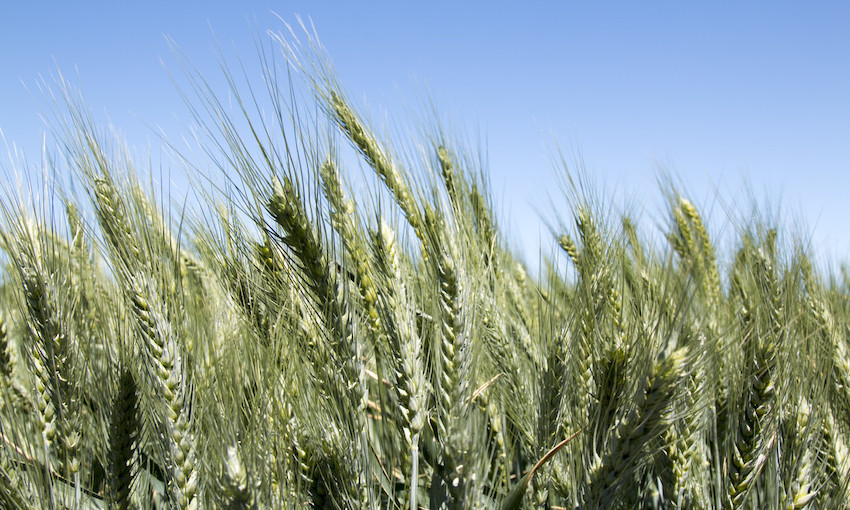FORECAST winter crop production will see high demand for export freight services although there will be differences across growing regions, according to data from the Australian Bureau of Agricultural & Resource Economics.
The agency’s Australian crop report – June 2021 is forecasting above average winter crop production in 2021–22. Area planted to winter crops is set to reach a record high nationally due to favourable climate conditions and high world prices.
Acting ABARES executive director Dr Jared Greenville said winter crop prospects are forecast to be well above average nationally, but there will be differences across growing regions.
“Winter crop production is forecast to be 46.8 million tonnes in 2021–22, which is below the near record high production last year but 13% above the 10-year average to 2020–21,” Dr Greenville said.
“Mixed yield performance due to tougher seasonal conditions in some areas is expected to reduce production despite the area sown to winter crops being forecast to reach a record high of 23.2m hectares, up 2% from last year.
“Yield prospects in most cropping regions in New South Wales, Western Australia and much of Queensland are very favourable given the favourable conditions at the beginning of the winter crop season and the outlook for winter rainfall.
“Crop yields in New South Wales are forecast to be lower than the record highs achieved last season but well above the 10-year average to 2020–21,” he said.
In Western Australia, crop yields are forecast to be comparable to last season at around 9% above the 10-year average to 2020–21.
In contrast, planting conditions in most regions in South Australia and Victoria were generally unfavourable, according to ABARES. Most producers in these two states will be reliant on winter rainfall to finish planting, and for crops to establish and develop.
“Increased mice populations in the eastern states have resulted in producers undertaking more baiting than usual this season. This will increase costs of production in affected regions but farm management practices have so far minimised damage to winter crop plantings and development in affected regions,” Dr Greenville said.
“Some producers are likely to suffer production losses from mouse damage despite the step up in control activity, but national production levels are expected to be largely unaffected given the vast size of Australia’s cropping region.
“Early indicators are that mouse numbers have peaked in most regions as cold and wet winter conditions slow breeding rates. However, some risk remains if warmer weather in spring results in a resurgence of mice.”
For the major winter crops, area planted to wheat is forecast to increase by 1% to around 13.1m hectares. Area planted to barley is forecast to fall by 4% to around 4.2m hectares.
Area planted to canola is forecast to increase by 25% to almost 3m hectares, the third highest on record. Area planted to canola is expected to be boosted by favourable world prices and excellent planting conditions in Western Australia and New South Wales.
Among other crops, area planted to chickpea is forecast to increase by 20% to 607,000 hectares, in response to high prices and favourable planting conditions in Queensland and New South Wales.
Wheat production is forecast to fall by 17% to 27.8m tonnes but still be 15% above the 10-year average to 2020–21.
Barley production is forecast to fall by 21% to 10.4m tonnes but still be 7% above the 10-year average to 2020–21.
Canola production is forecast to increase by 4% to 4.2m tonnes, which is 22% above the 10-year average to 2020–21.
Dr Greenville said the three-month seasonal outlook (June to August) issued by the Bureau of Meteorology on 3 June 2021 indicated winter rainfall is likely to be above average in most cropping regions in eastern states and South Australia.

